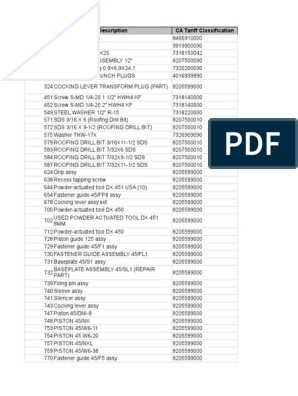0% found this document useful (0 votes)
14 views32 pagesVolcanoes: Types and Effects
The document discusses volcanism, defining it as the eruption of molten rock from the Earth's interior and detailing various volcanic processes and terminology. It categorizes volcanoes into three main types: composite, shield, and dome, and describes different eruption types from least to most explosive. Additionally, it outlines the effects of volcanic eruptions on people and the environment, emphasizing the dangers posed by eruptions and the destruction they can cause.
Uploaded by
ghiancarl.delgadoCopyright
© © All Rights Reserved
We take content rights seriously. If you suspect this is your content, claim it here.
Available Formats
Download as DOCX, PDF, TXT or read online on Scribd
0% found this document useful (0 votes)
14 views32 pagesVolcanoes: Types and Effects
The document discusses volcanism, defining it as the eruption of molten rock from the Earth's interior and detailing various volcanic processes and terminology. It categorizes volcanoes into three main types: composite, shield, and dome, and describes different eruption types from least to most explosive. Additionally, it outlines the effects of volcanic eruptions on people and the environment, emphasizing the dangers posed by eruptions and the destruction they can cause.
Uploaded by
ghiancarl.delgadoCopyright
© © All Rights Reserved
We take content rights seriously. If you suspect this is your content, claim it here.
Available Formats
Download as DOCX, PDF, TXT or read online on Scribd
/ 32























































































